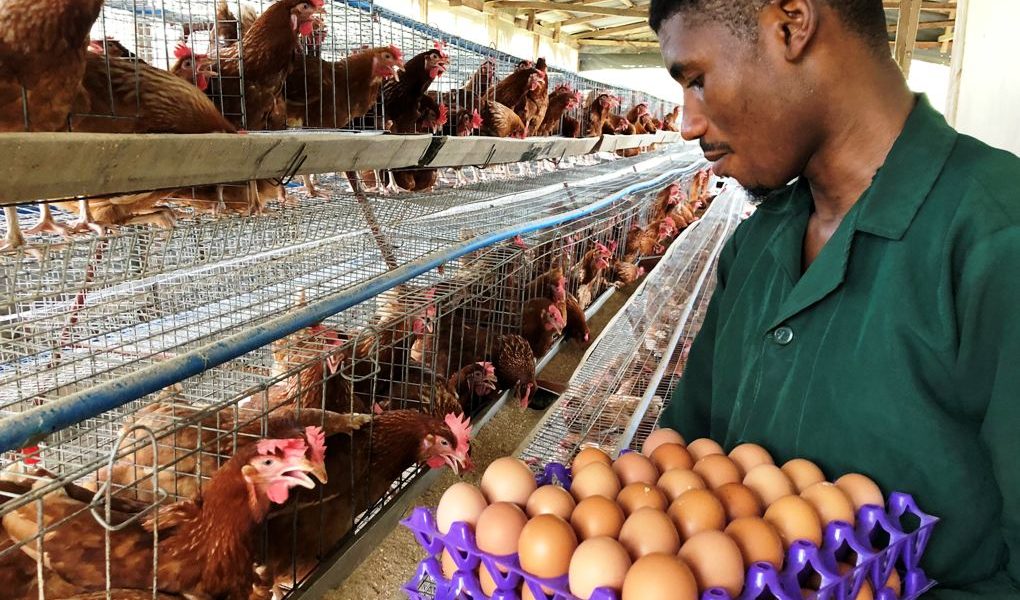Egg production on a small scale is one of the oldest animal farming enterprises in recorded history. In this system, birds are fed some grain and allowed to forage for the balance of their diet. Birds can be used for egg production and may be harvested later for food. In the United States, egg production followed these principles until early in the twentieth century. Then new systems emerged for producing eggs
More specialized facilities, making the operation more efficient. In addition, population shifts from farms to towns and cities increased the demand for fresh products. These changes encouraged many dairy farmers to include egg production as an additional enterprise.
Small-scale layer production has made a comeback since the 1980s because of changing consumer demands. Backyard egg producers may see a local market for their surplus eggs. New markets are continually being developed to supply specific niche market needs, especially for organically produced brown eggs (although white eggs also are popular).
Layers raised organically and used for producing organic eggs are more valuable at the end of their production cycle and can be sold as roasting chickens. Conventionally grown layers have less value because of size and body structure and are sold to make protein supplements for pet food or sold to a live bird market as a stewing hen.
The standard chunk of Lorem Ipsum used since the 1500s is reproduced below for those interested. Sections 1.10.32 and 1.10.33 from “de Finibus Bonorum et Malorum” by Cicero are also reproduced in their exact original form, accompanied by English versions from the 1914 translation by H. Rackham.


